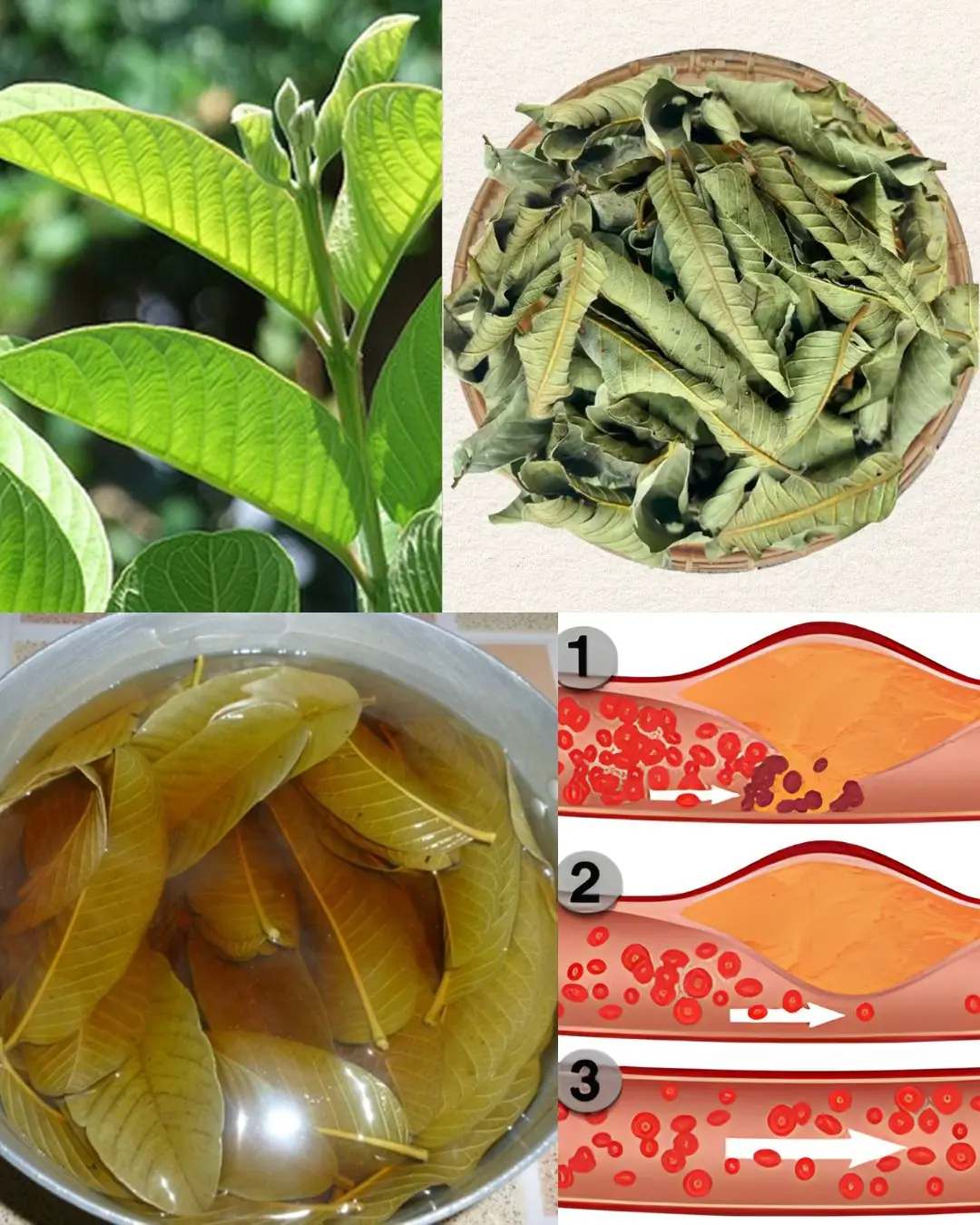
Harnessing the Power of Goose Grass: A Guide to Its Preparation and Therapeutic Uses
Often dismissed as a pesky weed, goose grass — also known as cleavers or by its botanical name Galium aparine — is in fact a valuable herb with a long history in traditional and folk medicine. Recognized for its potent cleansing, detoxifying, and soothing properties, this common plant can support everything from skin health to the lymphatic system.
In this guide, you’ll discover how to correctly identify, harvest, prepare, and use goose grass for a variety of health benefits, turning this unassuming plant into a key part of your natural remedy toolkit.
🌱 1. Identification and Harvesting
✅ How to Identify Goose Grass
Goose grass is easy to spot once you know what to look for:
-
Slender, sprawling stems that can reach several feet in length
-
Whorls of narrow, lance-shaped leaves growing in groups of 6–8 along the stem
-
Tiny greenish-white flowers that bloom in clusters
-
Fine, hook-like hairs that allow it to cling to clothes, animals, or anything it touches — hence the nickname "sticky willy"
Its clingy nature makes it especially noticeable in gardens, along hedgerows, and in shady woodland areas.
🔎 Pro Tip: When foraging, always make sure you are 100% confident in your plant ID. Refer to a local field guide or consult an expert if needed.
📅 Best Time to Harvest
The ideal time to harvest goose grass is in the early spring to early summer, before it flowers. This is when the plant’s nutrients are most concentrated, and the stems are young, soft, and most medicinally potent.
🛠️ 2. Preparing Goose Grass for Medicinal Use
🧼 Cleaning and Drying
-
Rinse the plant thoroughly to remove dirt, insects, or debris.
-
You can use goose grass fresh or dried.
-
To dry: bundle several stems together and hang them upside down in a shaded, well-ventilated area for about a week. Avoid direct sunlight, as it can degrade the herb’s active compounds.
🍵 Making Goose Grass Tea
Goose grass tea is one of the most popular ways to reap its health benefits. It’s particularly known for detoxifying the lymphatic system and promoting kidney function.
How to make it:
-
Steep 2 teaspoons of dried goose grass (or a small handful of fresh) in a cup of boiling water
-
Cover and let it steep for 10–15 minutes
-
Strain and drink up to 3 times daily for best results
The tea has a mild, grassy flavor that can be improved with lemon or mint if desired.
💡 Want to make a stronger decoction? Simmer goose grass gently for 20 minutes instead of steeping. This method is especially useful for external applications like rinses or compresses.
🩺 3. Therapeutic Uses of Goose Grass
🌿 Skin Soother and Wound Healer
Goose grass has natural anti-inflammatory and cooling properties, making it excellent for treating:
-
Minor cuts and abrasions
-
Rashes and eczema
-
Insect bites
-
Inflamed skin conditions
How to use: Crush fresh leaves into a moist pulp and apply directly to the skin as a poultice. Cover with a clean cloth or bandage and leave on for 20–30 minutes.
💧 Kidney Cleanser and Urinary Support
Goose grass acts as a gentle but effective diuretic, encouraging the body to flush out toxins via urine. This makes it helpful for:
-
Preventing or relieving urinary tract infections (UTIs)
-
Supporting kidney function and detox
-
Reducing fluid retention and bloating
Recommended use: Drink the tea regularly for up to 2 weeks during detox periods.
💪 Lymphatic System Support
This is where goose grass really shines. Traditional herbalists often recommend it for:
-
Swollen lymph nodes
-
Lymphatic sluggishness
-
Boosting immune function by clearing out waste from the lymphatic system
Regular use can help your body respond more efficiently to infections or inflammation.
➕ 4. Additional Benefits of Goose Grass
⚖️ Weight Loss Aid
Thanks to its diuretic and detoxifying properties, goose grass may help reduce:
-
Water retention
-
Bloating
-
Toxin buildup that can slow metabolism
While it’s not a miracle fat burner, drinking goose grass tea as part of a healthy lifestyle may support weight management efforts.
💇 Natural Hair Rinse
Rich in silica and minerals, goose grass can strengthen hair and improve scalp health.
How to use:
-
Prepare a strong decoction of goose grass
-
Let it cool
-
Use it as a final hair rinse after shampooing to add shine, reduce dandruff, and strengthen hair follicles
⚠️ 5. Cautions and Considerations
🚨 Allergy Awareness
As with any herbal remedy, some individuals may be sensitive to goose grass. Before using it externally or internally:
-
Do a patch test on your skin with a small amount
-
Start with a small tea dose to see how your body reacts
🩺 Talk to Your Doctor
Although goose grass is considered safe for most people, it’s always smart to consult a healthcare professional before adding new herbs to your routine — especially if you:
-
Are pregnant or breastfeeding
-
Take prescription medications
-
Have chronic kidney issues or other medical conditions
🌿 Final Thoughts: A Versatile Natural Healer
Often overlooked in modern landscaping, goose grass is a hidden gem of herbal medicine. With its ability to cleanse the lymphatic system, promote urinary health, soothe skin irritation, and even boost hair strength, this clingy weed offers far more than meets the eye.
By learning how to identify, harvest, and properly prepare goose grass, you can harness its powerful natural properties — and add an affordable, effective remedy to your holistic wellness arsenal.
🧺 Sometimes, the most powerful medicine is growing quietly right outside your door.
News in the same category

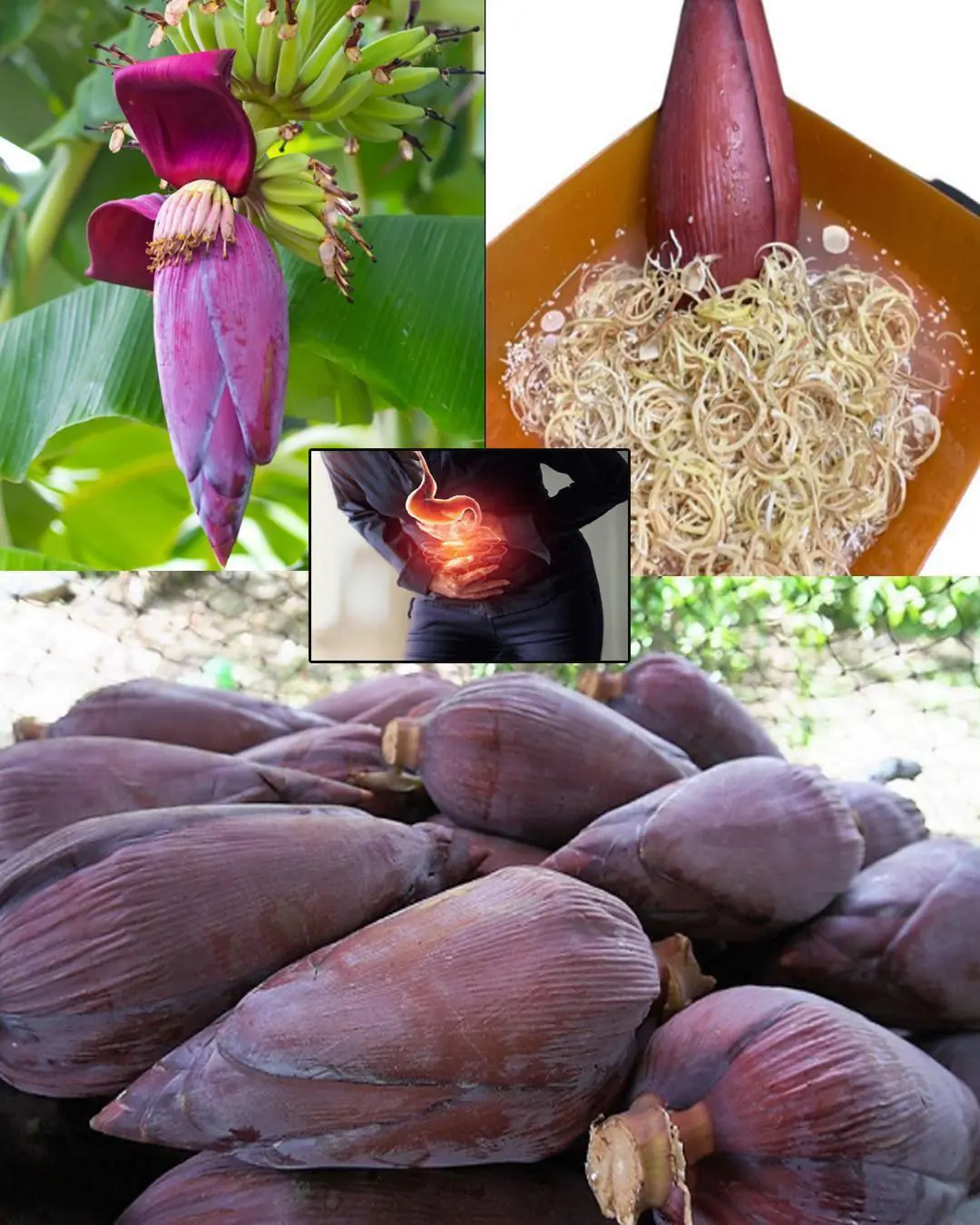
Banana Blossom: Health Benefits, Recipes, and Uses
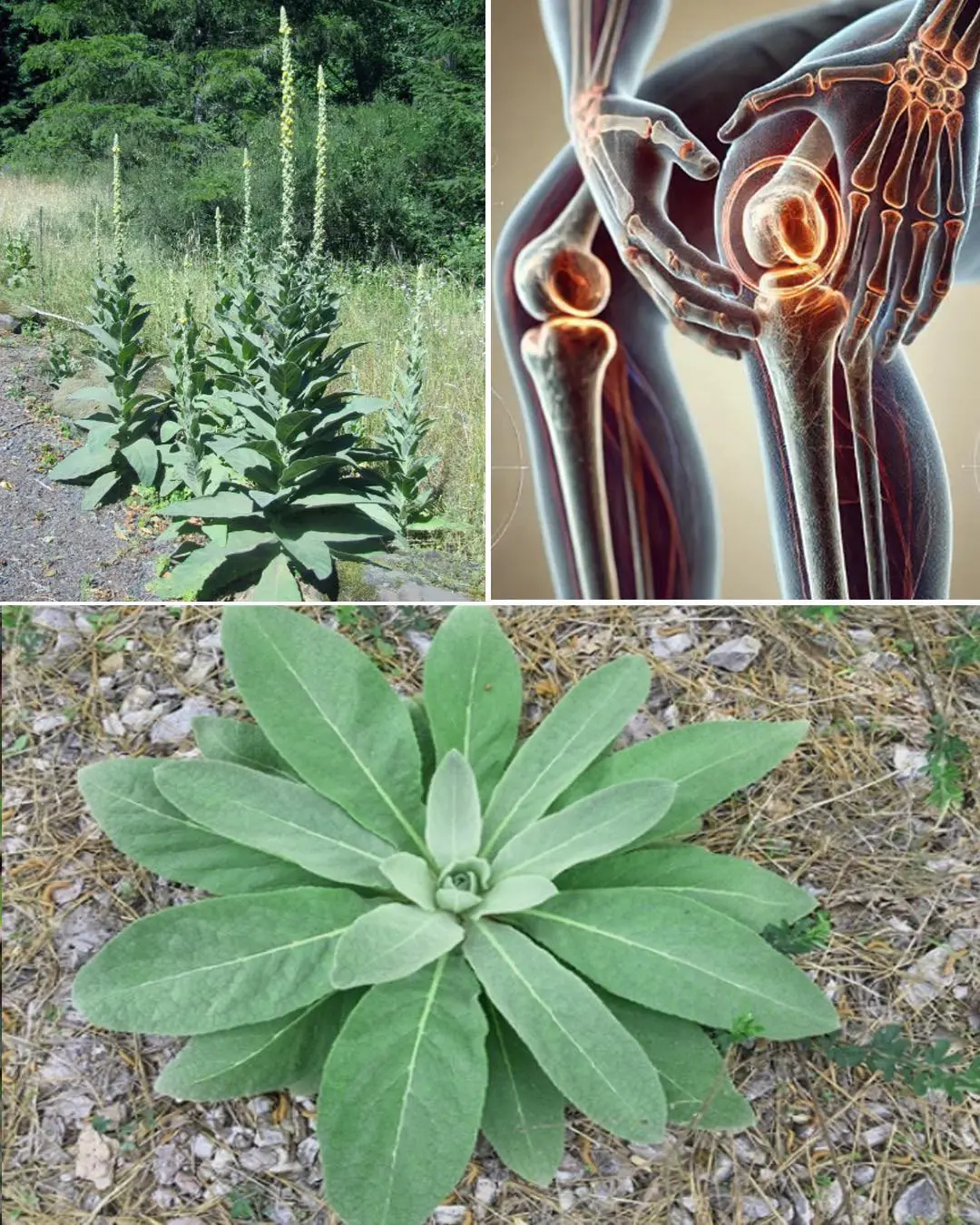
Common Mullein: Benefits and Uses of Nature’s Versatile Herb
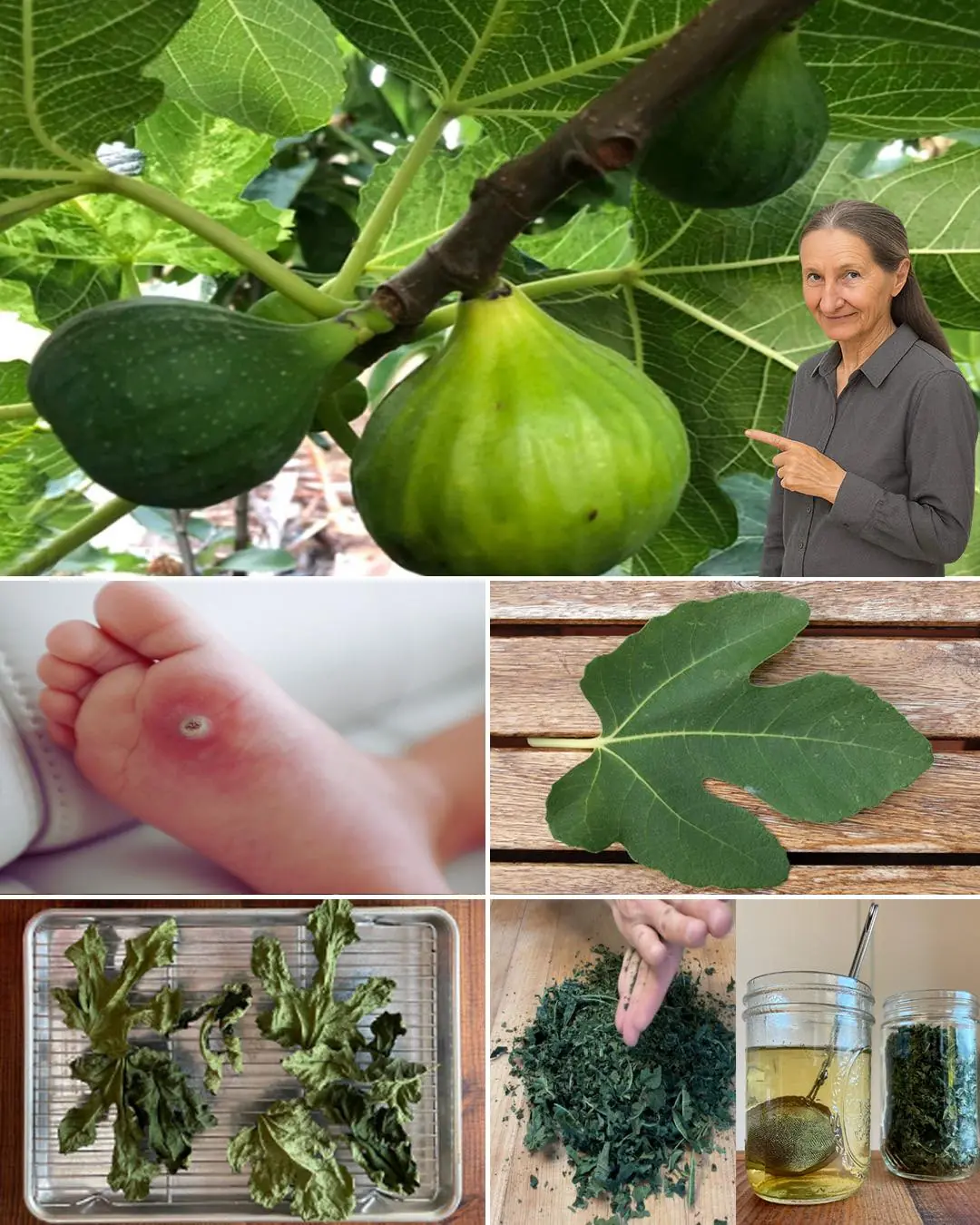
Fig Leaves: Surprising Benefits and Uses

Inner Vitality Elixir: Benefits of Uda Seeds, Lemon, Aidan Fruit, and Ginger for Women’s Health
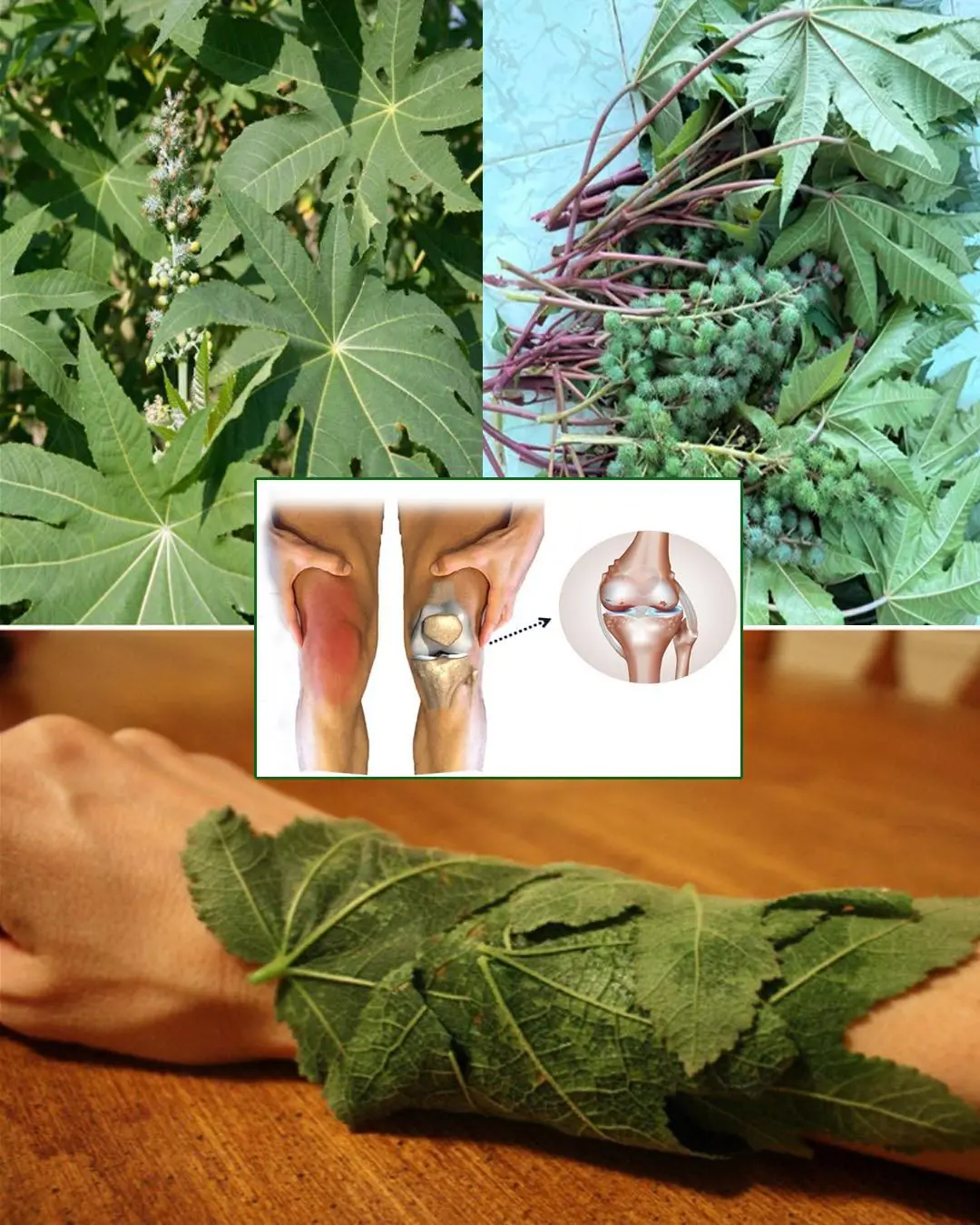
Some of the Benefits of Castor Leaves and the Seed
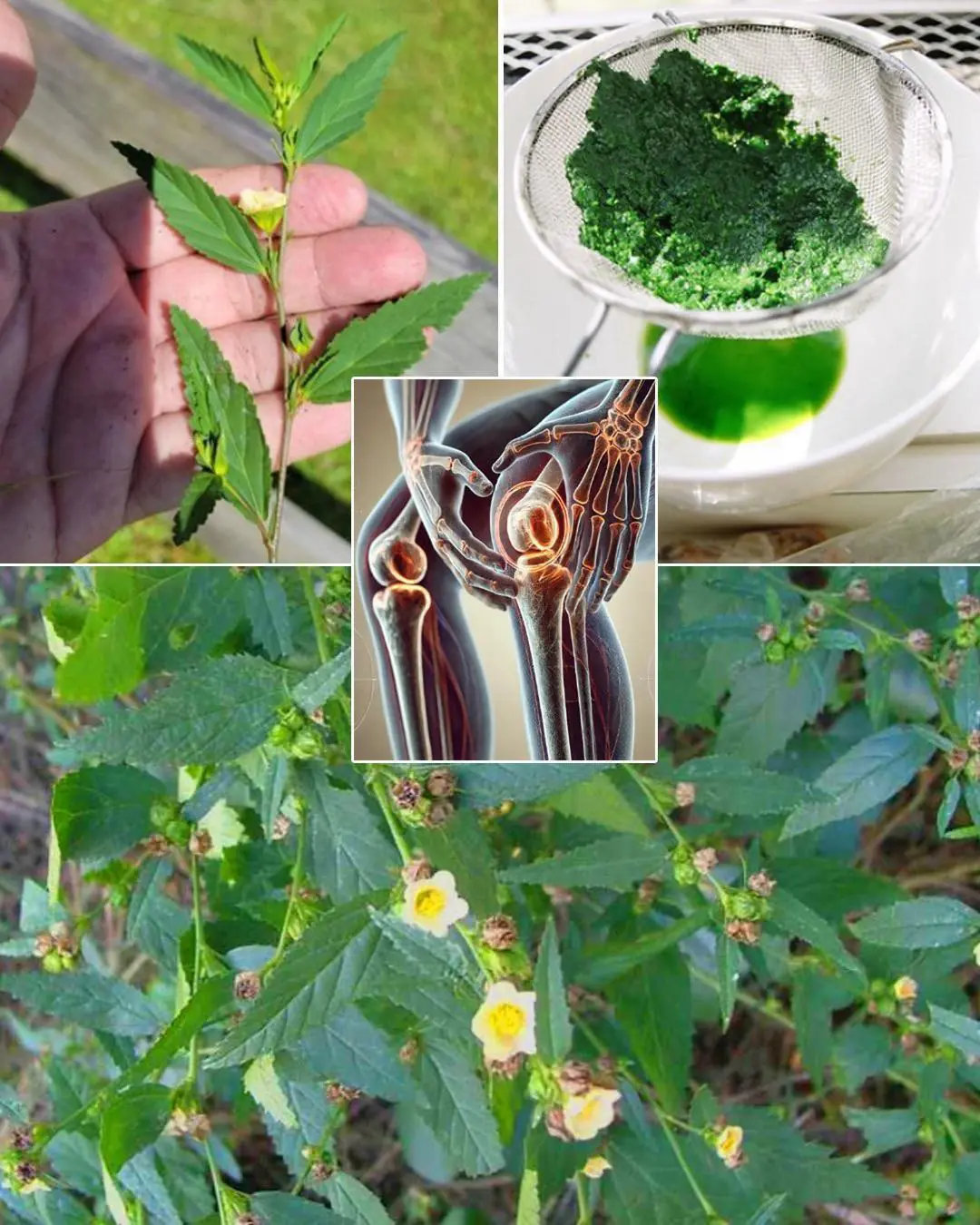
The Versatile Uses of Stubborn Grass
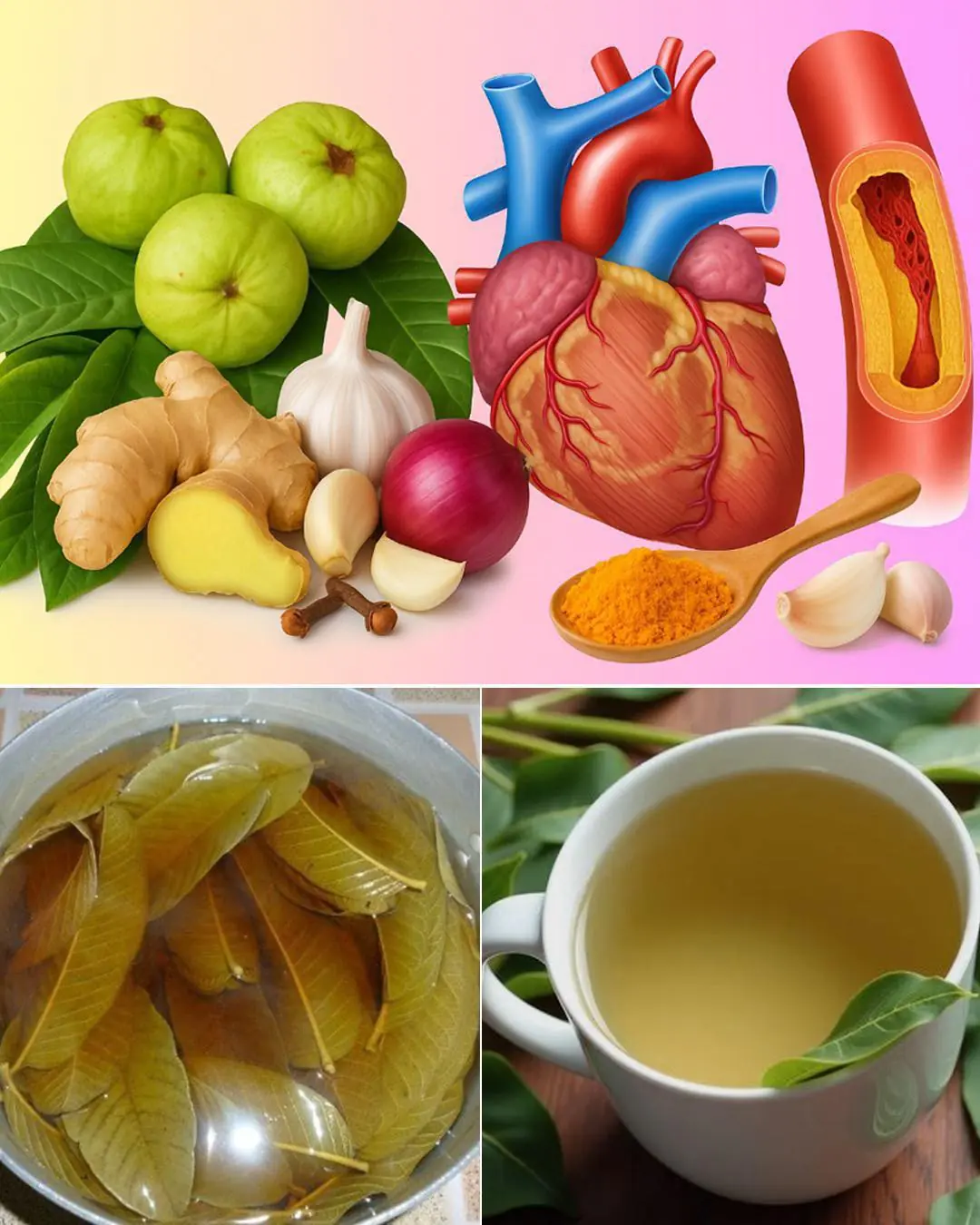
The Best Tea for Mornings and After Dinner: A Powerful Blend for Health
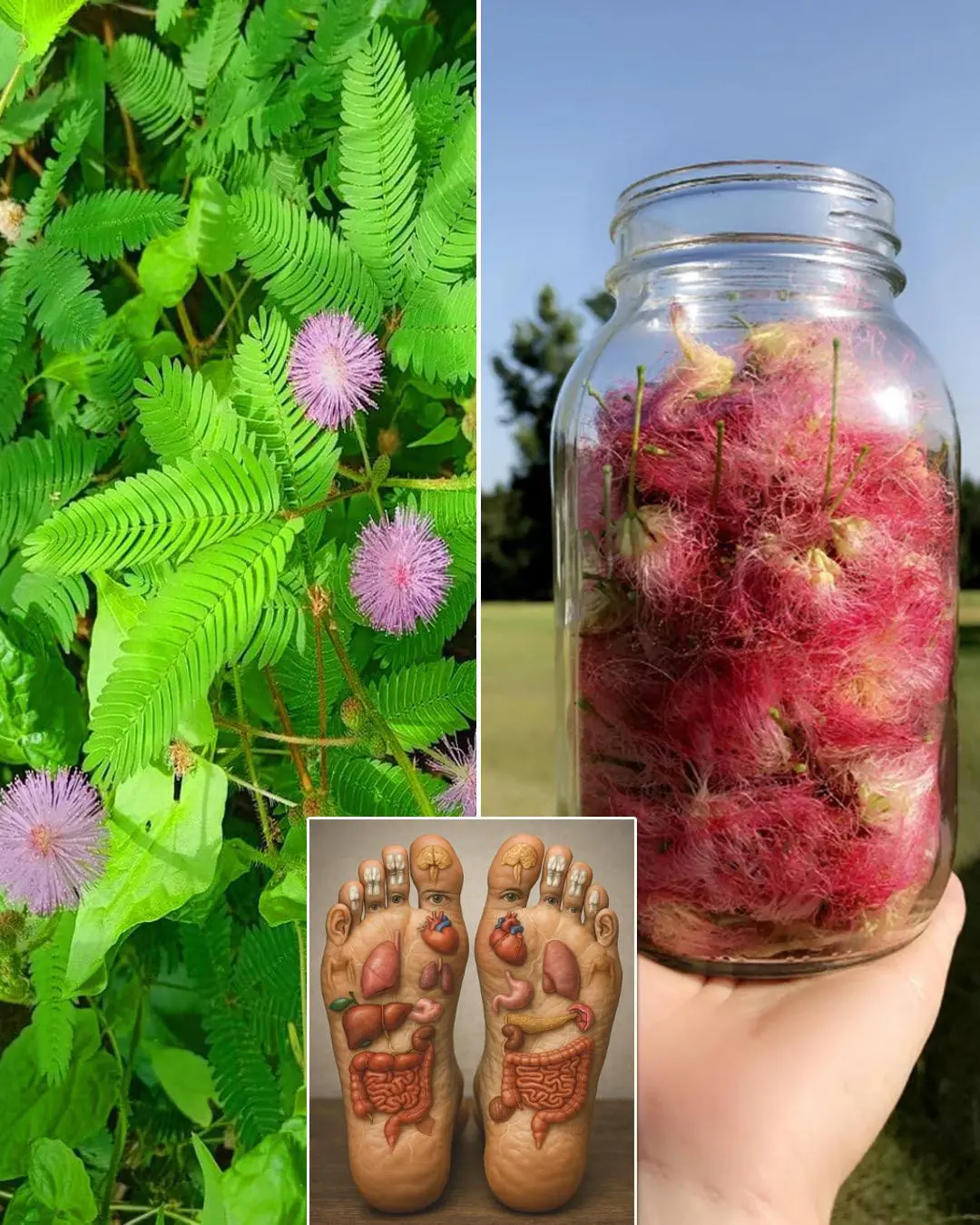
Mimosa Pudica Tea: How to Prepare and Health Benefits
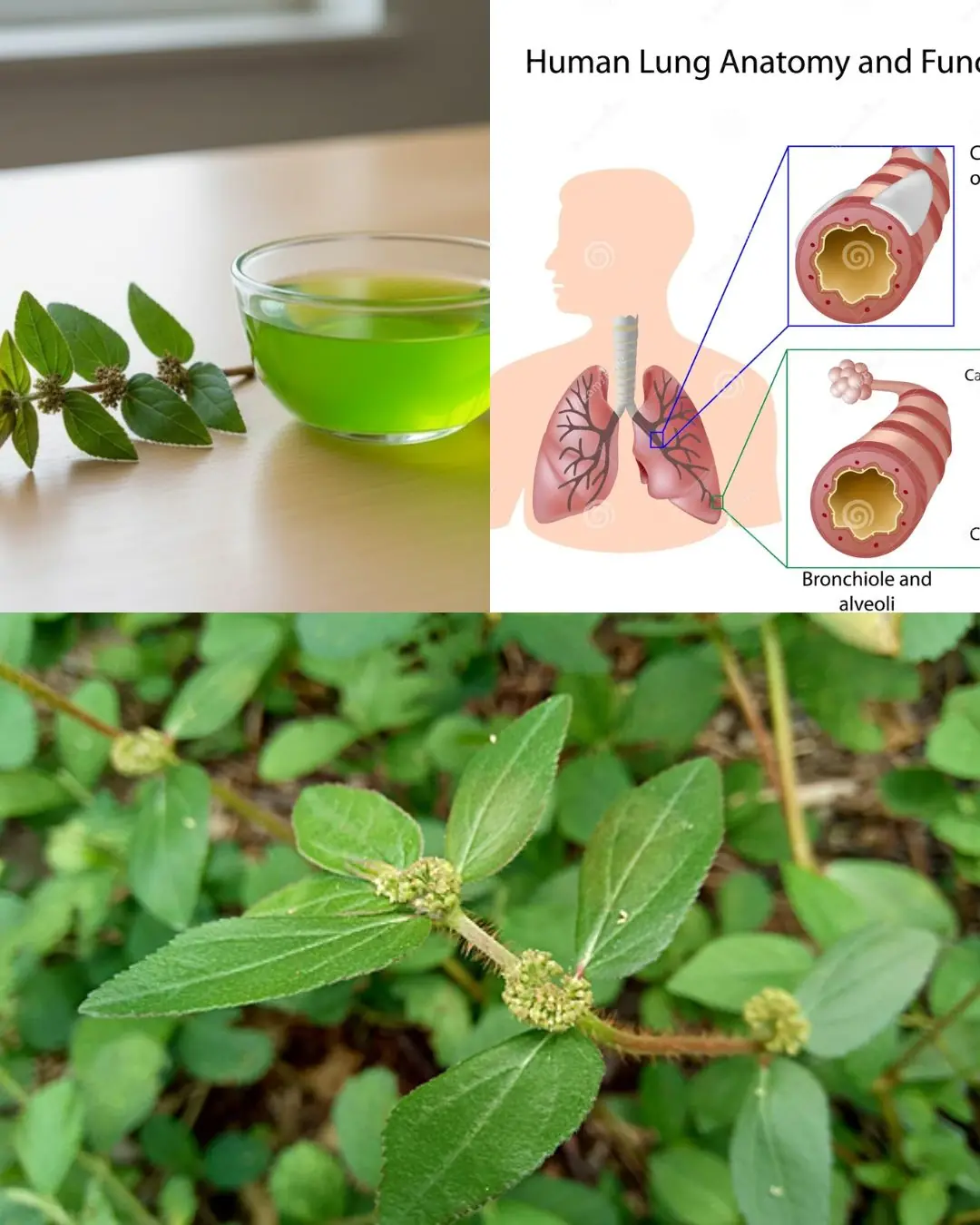
Euphorbia Hirta (Asthma-plant): Traditional Uses and Applications
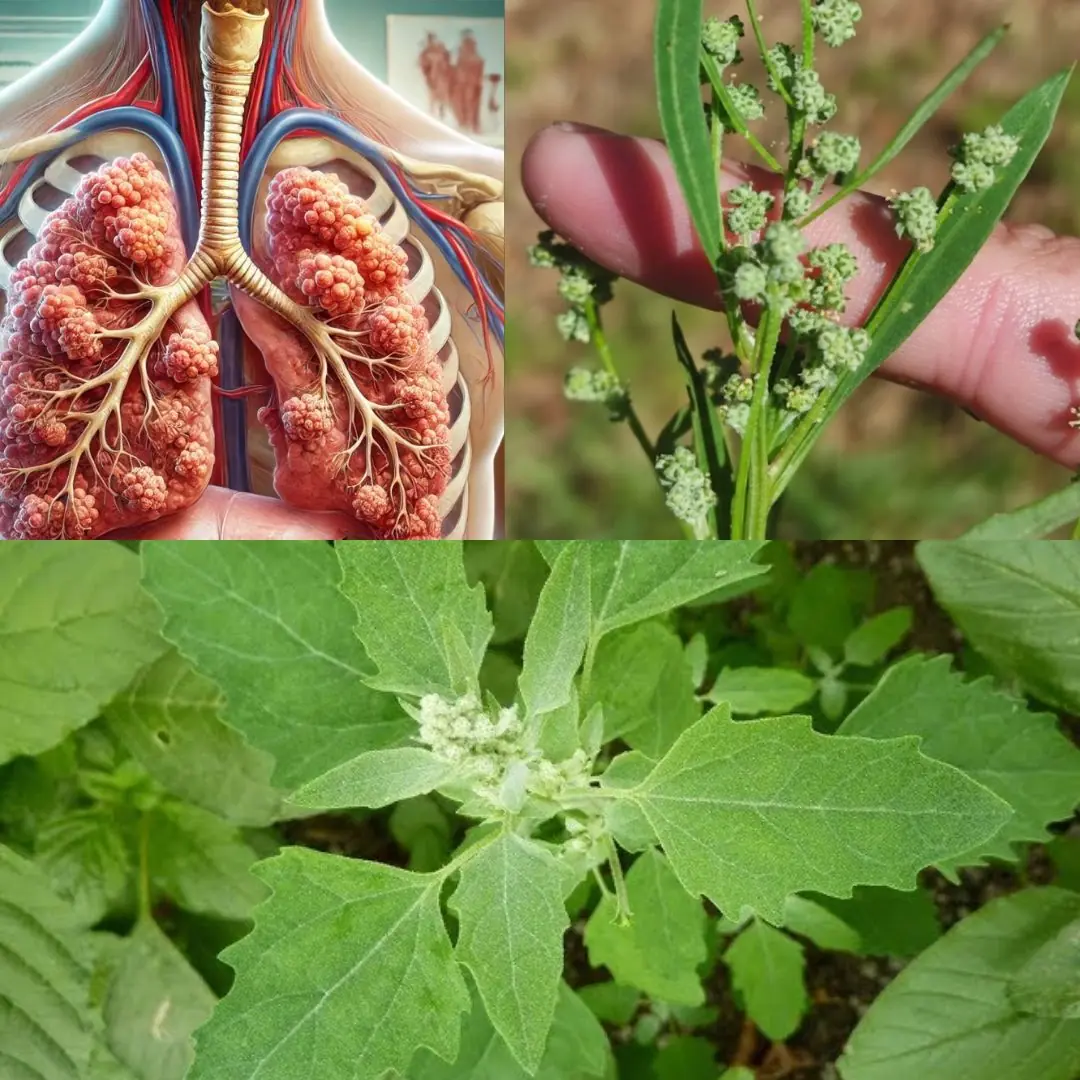
Lamb’s Quarters/Wild Spinach: The Underestimated Superfood with Maximum Health Benefits
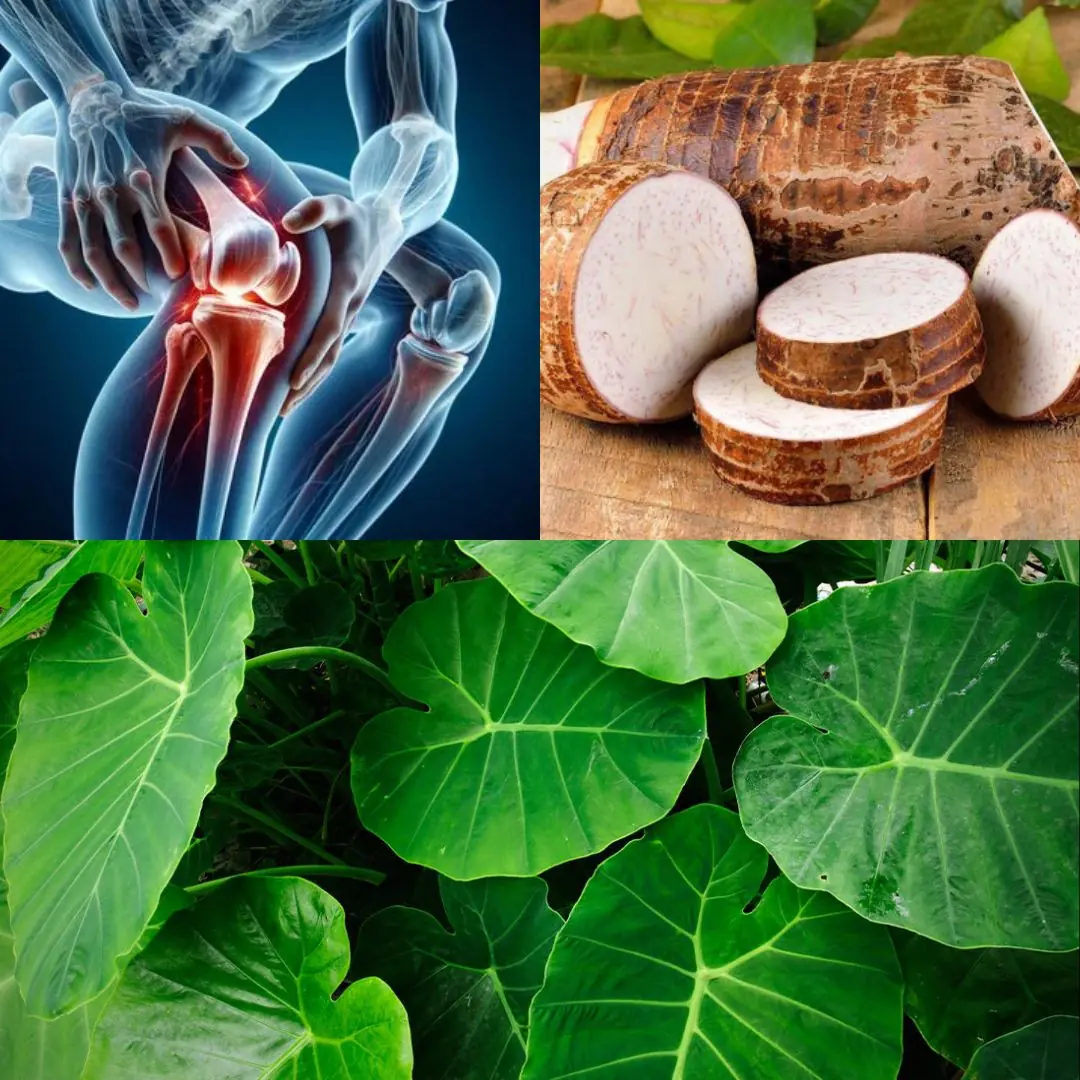
Taro Root: The Ancient Superfood Transforming Health and Sustainability

Men’s Vitality Tonic: The Bold Health Boost from Ginger and Pineapple
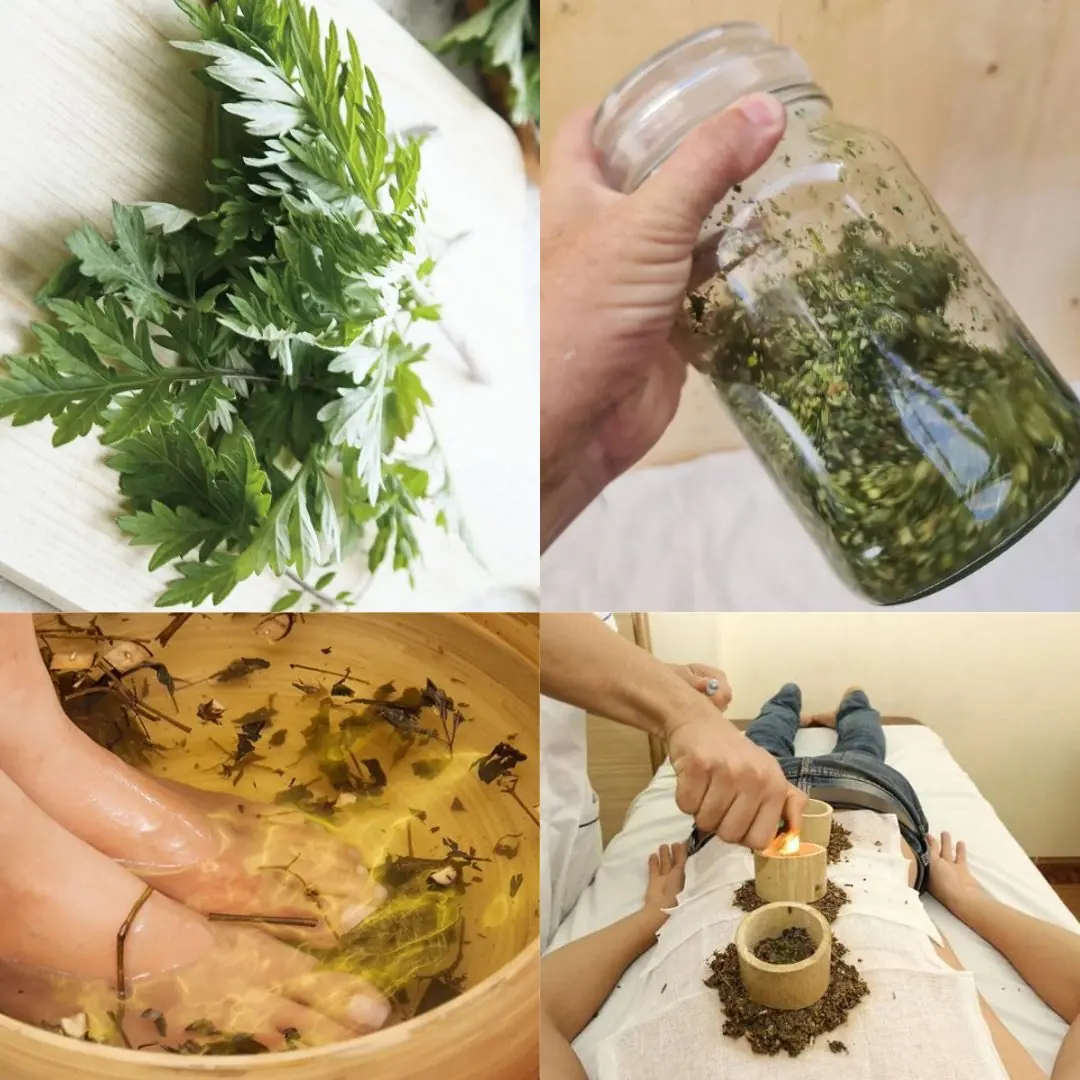
Mugwort Plant: Benefits, Properties, and Uses
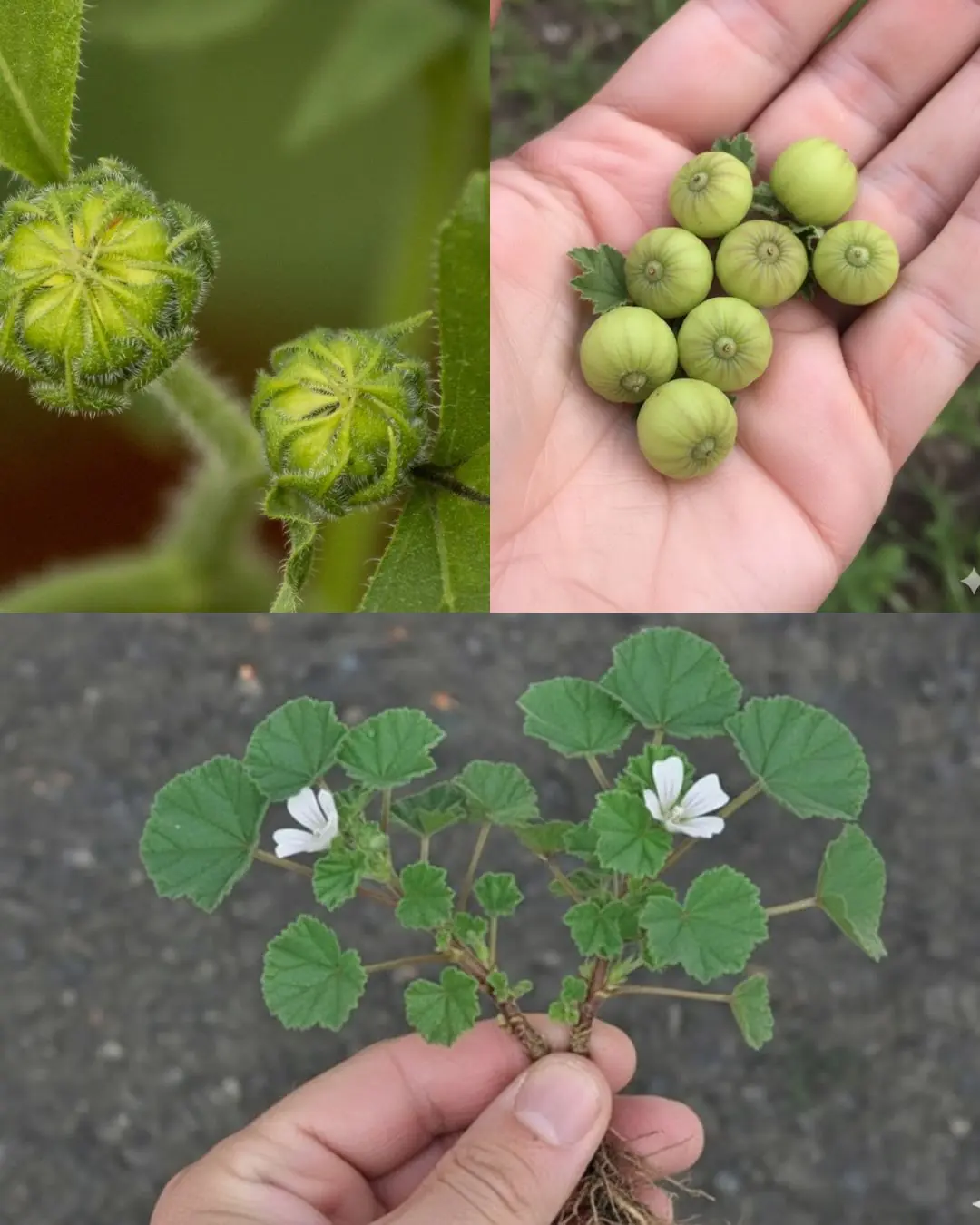
Unveiling the Green Marvel: The Top 10 Health Benefits of Common Mallow Leaves

Goldenberries (Physalis peruviana): A Nutrient-Packed Powerhouse for Health and Vision
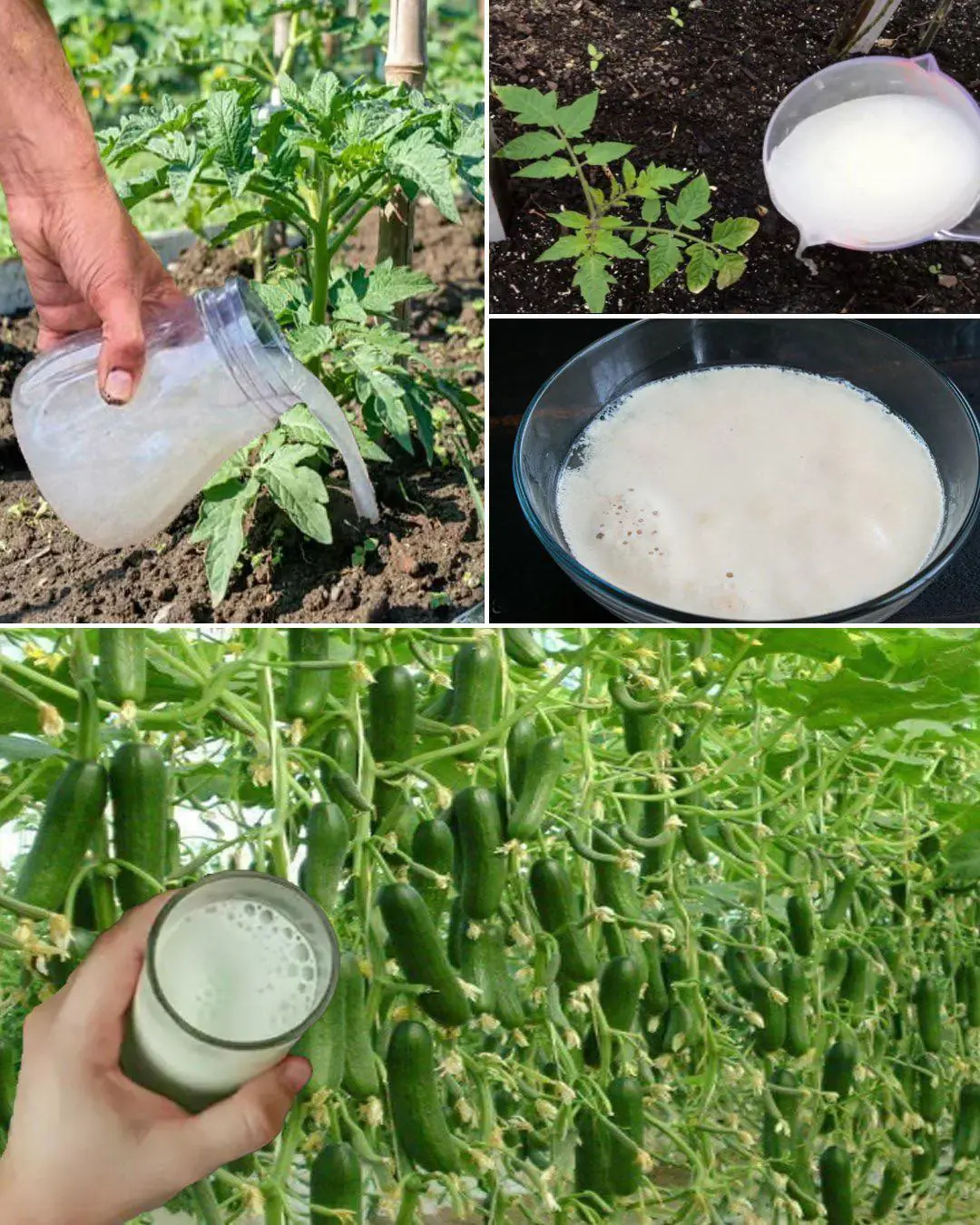
Garlic, tomatoes and cucumbers will grow rapidly. The most powerful fertilizer.
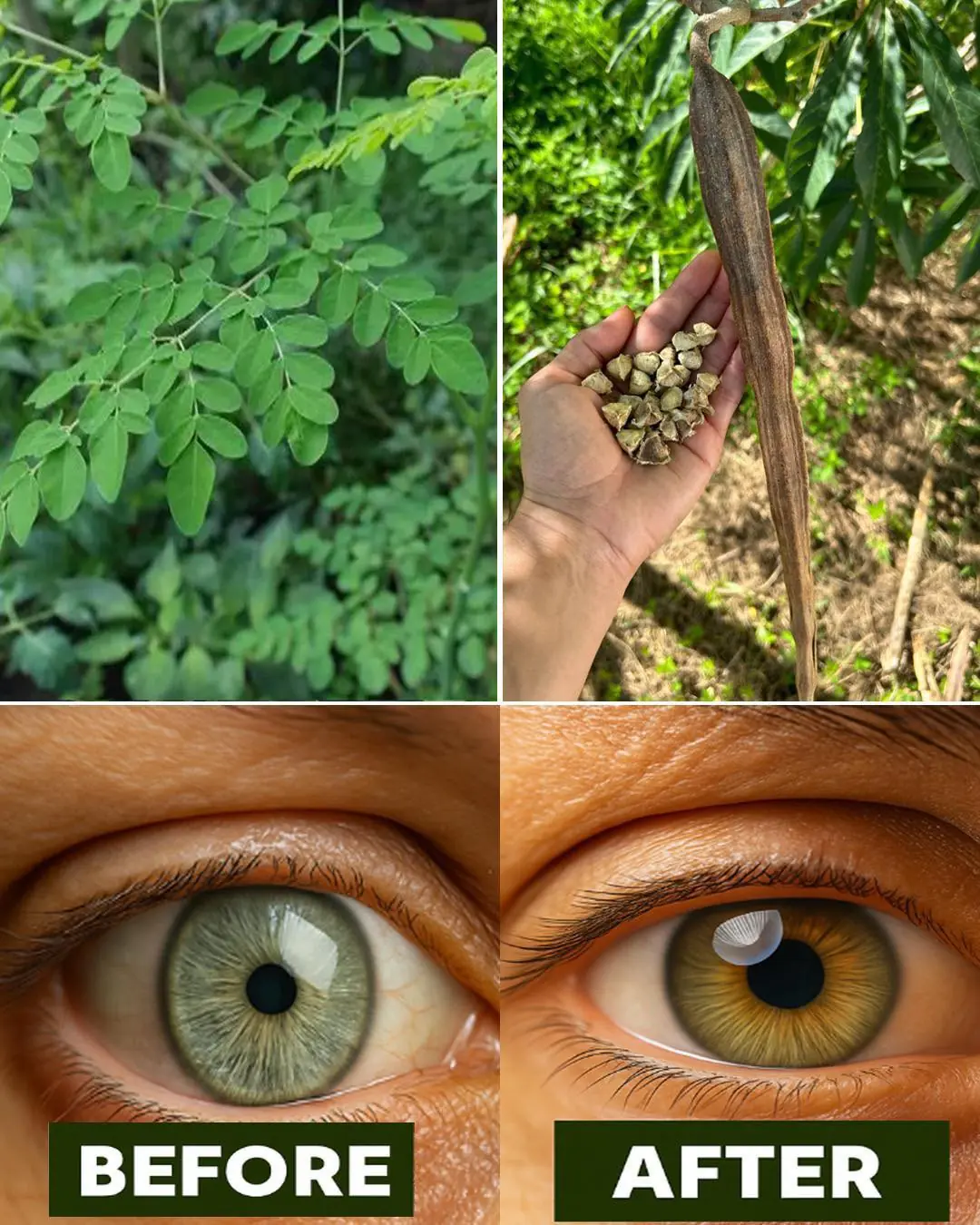
12 Powerful Benefits of Moringa Seeds
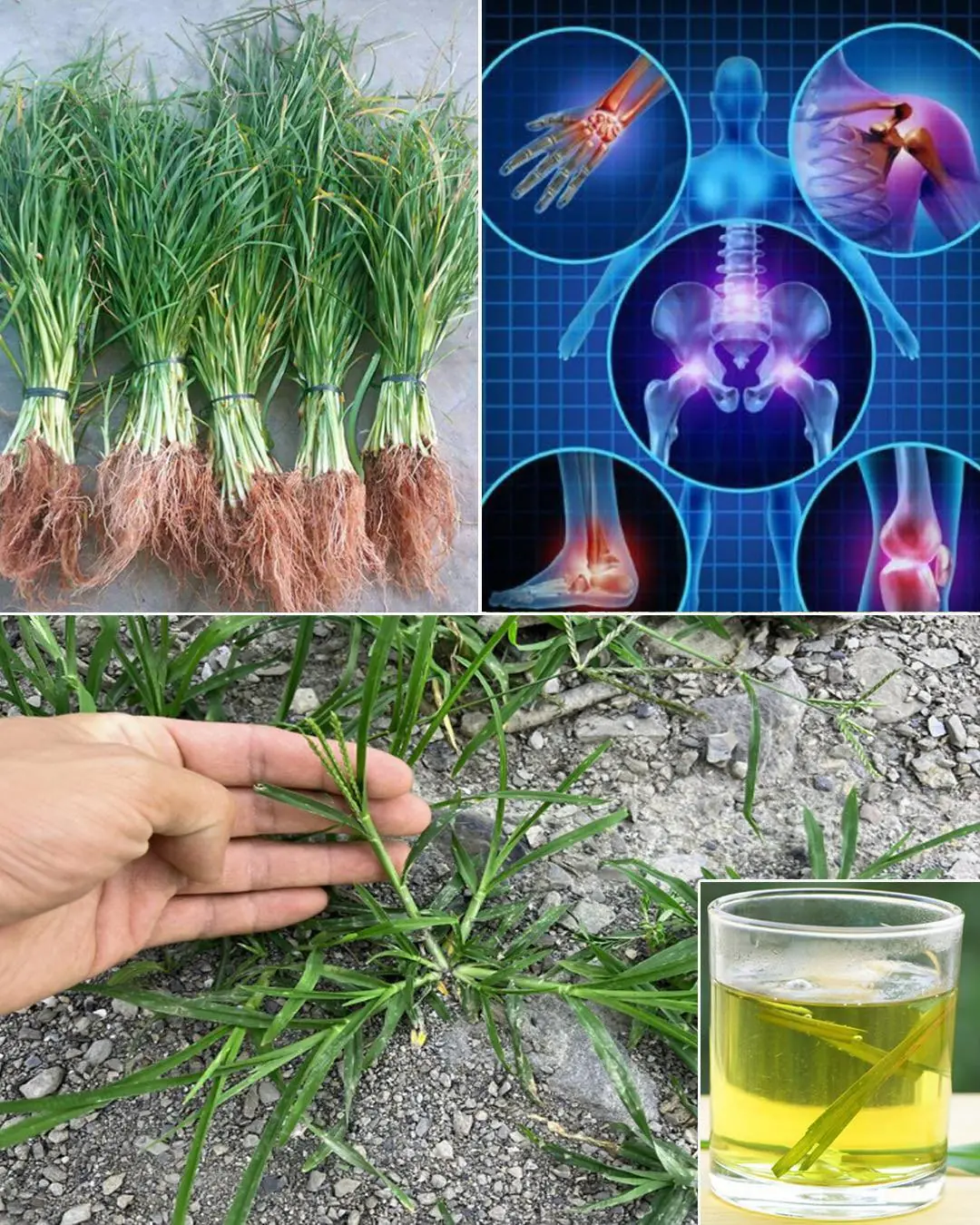
25 Incredible Health Benefits of Goosegrass
News Post

Lemon Seeds Can Save a Snakebite Victim Within Just One Minute If Used This Way

Why Keeping A Lemon In Your Bedroom Is A Great Idea

Put salt in your toilet. Here's why. This is something plumbers will never tell you

Guava Leaves for Blood Sugar Control: Nature’s Gift for Diabetics

Banana Blossom: Health Benefits, Recipes, and Uses

Common Mullein: Benefits and Uses of Nature’s Versatile Herb

Fig Leaves: Surprising Benefits and Uses

Inner Vitality Elixir: Benefits of Uda Seeds, Lemon, Aidan Fruit, and Ginger for Women’s Health

When Checking Out of a Hotel, Don’t Fold the Bedding—Not Knowing This Will Only Cause Trouble

Some of the Benefits of Castor Leaves and the Seed

The Versatile Uses of Stubborn Grass

Pour Beer into Table Salt to Solve Many Household Problems – Wish I Knew This Trick Sooner!

The Best Tea for Mornings and After Dinner: A Powerful Blend for Health

Mimosa Pudica Tea: How to Prepare and Health Benefits

If you have this plant in your garden, don’t cut it down – it’s incredibly valuable!

Euphorbia Hirta (Asthma-plant): Traditional Uses and Applications

The water pipe is clogged, do this way to solve it easily, no need to call a plumber

Woman Left with Swollen Lip After Centipede Bites Her in Sleep
